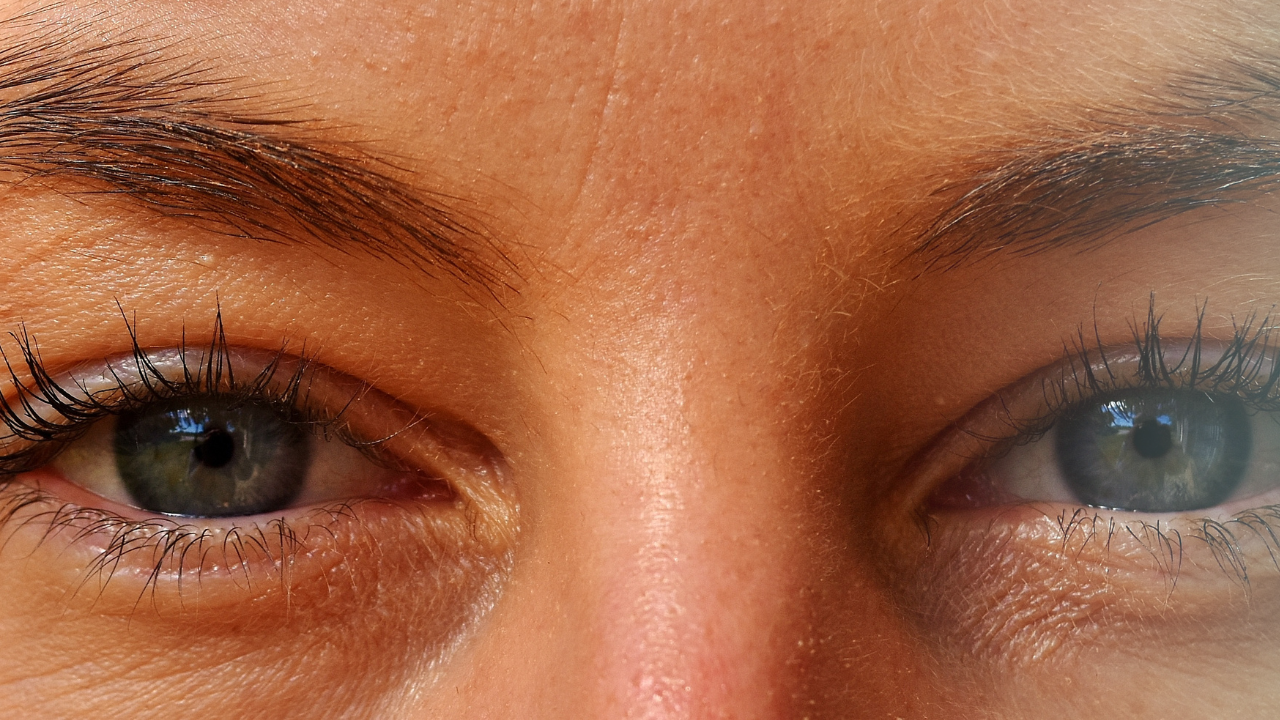
A lazy eye, also known as amblyopia, is a condition that affects a person’s vision in which one eye has weaker visual acuity than the other. This can lead to reduced depth perception, difficulty with certain activities such as reading or driving, and may even affect the person’s ability to appreciate the full range of colours. While it is more commonly seen in children, lazy eyes can also occur in adults. The condition can be corrected if it is diagnosed and treated early, and there are several options available for fixing a lazy eye. In this article, we will discuss some of the most effective methods of how to fix a lazy eye.
Table of Contents
What are the causes of lazy eye?
Lazy eye, or amblyopia, is caused by a disruption in the normal development of vision during early childhood. The most common cause of lazy eye is a significant difference in vision between the two eyes, known as refractive amblyopia. This can occur when one eye has a much stronger prescription for glasses than the other, or when one eye is affected by other eye conditions such as cataracts or astigmatism.
Another cause of lazy eye is strabismus, a misalignment of the eyes. When the eyes are not properly aligned, the brain may suppress the image from one eye to avoid seeing double, leading to poor development of that eye’s vision.
Less commonly, lazy eye may be caused by other factors such as eye diseases or conditions that affect the brain’s ability to process visual information. It is important to note that a lazy eye is not caused by laziness or a lack of effort on the part of the affected individual.
What are the Symptoms of lazy eye?
A lazy eye, or amblyopia, often does not cause any noticeable symptoms in its early stages. However, as the condition progresses, some common symptoms may include:
Poor depth perception
Difficulty judging the distance between objects or accurately perceiving the depth of objects.
Poor vision in one eye
The affected eye may have blurry vision, reduced visual acuity, or be easily fatigued.
Strabismus
Misalignment of the eyes, where one eye may appear to turn in, out, up, or down relative to the other.
Difficulty with certain activities
The individual may have difficulty with activities that require good binocular vision, such as reading, driving, or sports.
Head tilting or turning
The individual may tilt or turn their head to one side in an attempt to see more clearly.
Squinting
The individual may squint or close one eye to try to see more clearly.
How to fix a lazy eye?
Lazy eyes can be fixed through early and aggressive treatment such as correcting refractive errors, patching, atropine drops, vision therapy, or surgery. Treatment success rate depends on the underlying cause, severity, and age of the individual. A comprehensive eye exam is necessary to diagnose the condition.
What is the difference between lazy eye and crossed eyes?
Here’s a table comparing some of the key differences between lazy eye and crossed eyes:
| Condition | Definition | Symptoms | Treatment |
| Lazy Eye | A condition in which the brain learns to ignore or suppress the input from one eye, leading to reduced visual acuity in that eye. | Poor depth perception, poor vision in one eye, strabismus, difficulty with certain activities, head tilting or turning, squinting. | Correcting underlying issues such as using glasses or contact lenses to equalise the prescription between the two eyes, patching the stronger eye to force the brain to use the weaker eye, vision therapy, surgery in some cases. |
| Crossed Eyes | A condition in which the eyes are not properly aligned, leading to one or both eyes pointing in a different direction than the other. | Double vision, headaches, eye strain, difficulty with depth perception, poor eye coordination, tilting or turning of the head to avoid double vision. | Special glasses or contact lenses, eye exercises to help retrain the muscles that control the eyes, vision therapy, surgery in some cases. |
How is lazy eye diagnosed?
The following are some common tests that may be performed during an eye exam to diagnose lazy eye:
- Visual acuity test
This test measures how well each eye can see by having the individual read letters or symbols from a chart at a distance.
- Refraction test
This test measures the prescription needed to correct any refractive errors in the eyes, such as nearsightedness, farsightedness, or astigmatism.
- Cover test
This test checks for strabismus by having the individual focus on a small object while one eye is covered at a time.
- Stereo vision test
This test checks the ability of both eyes to work together to perceive depth and 3D images.
- Eye tracking test
This test assesses the ability of each eye to track moving objects.
- Visual field test
This test checks the peripheral vision of each eye.
What are the Treatment options for lazy eye?
The treatment options for lazy eye, or amblyopia, depend on the underlying cause and severity of the condition. Treatment is typically most effective if started early, before the age of seven or eight.
The following are some common treatment options for a lazy eye:
Correcting refractive errors: If the lazy eye is caused by an unequal prescription between the two eyes, wearing glasses or contact lenses to correct the prescription can help improve vision in the weaker eye.
Patching: Covering the stronger eye with an eye patch for a period of time each day can help strengthen the weaker eye by forcing the brain to use it. The length of time the patch is worn each day will depend on the severity of the condition and the recommendation of the eye doctor.
Atropine drops: These drops are sometimes used instead of an eye patch to blur the vision in the stronger eye and force the brain to use the weaker eye.
Vision therapy: This is a series of exercises designed to improve the visual function of both eyes, such as training the eyes to work together or improving depth perception.
Surgery: In rare cases, surgery may be recommended to correct strabismus or other underlying eye problems that are contributing to the lazy eye.
What is the success rate of treating lazy eye?
According to the American Association for Pediatric Ophthalmology and Strabismus, about 80% of children with lazy eyes who are treated before the age of six will have their vision improve. However, if treatment is delayed until after the age of six or seven, the success rate drops to about 50%. In some cases, even with early and aggressive treatment, the vision in the affected eye may not fully recover.







